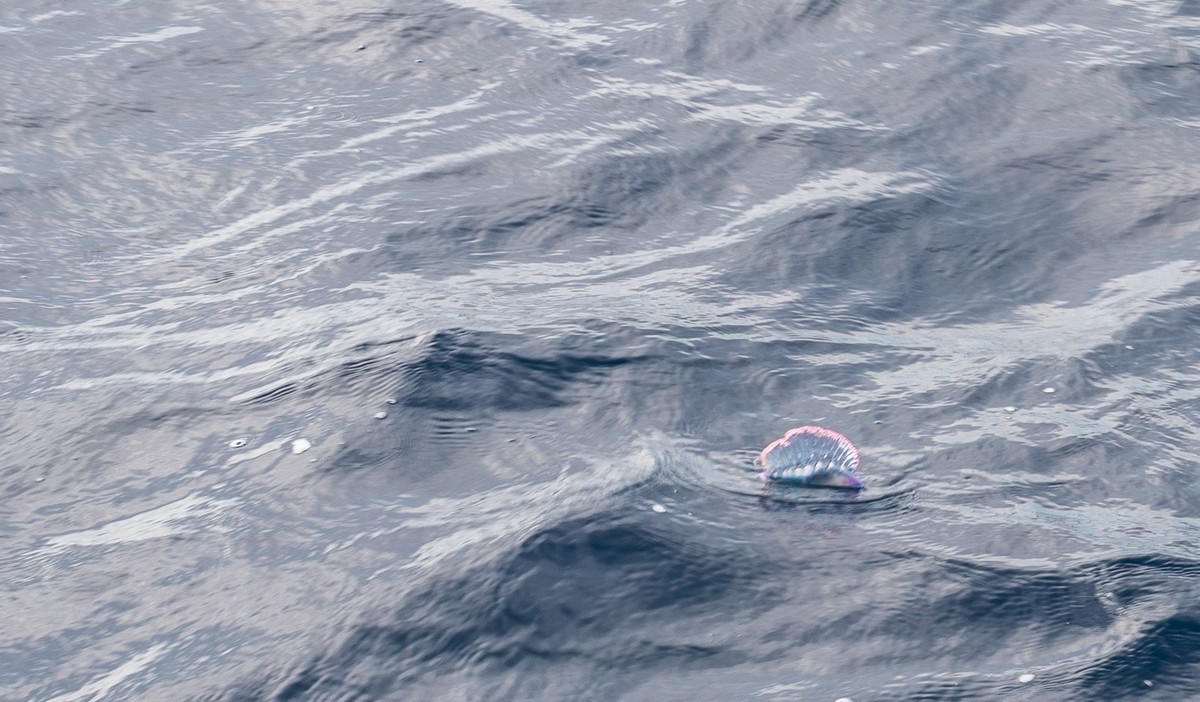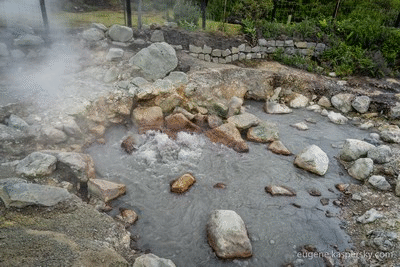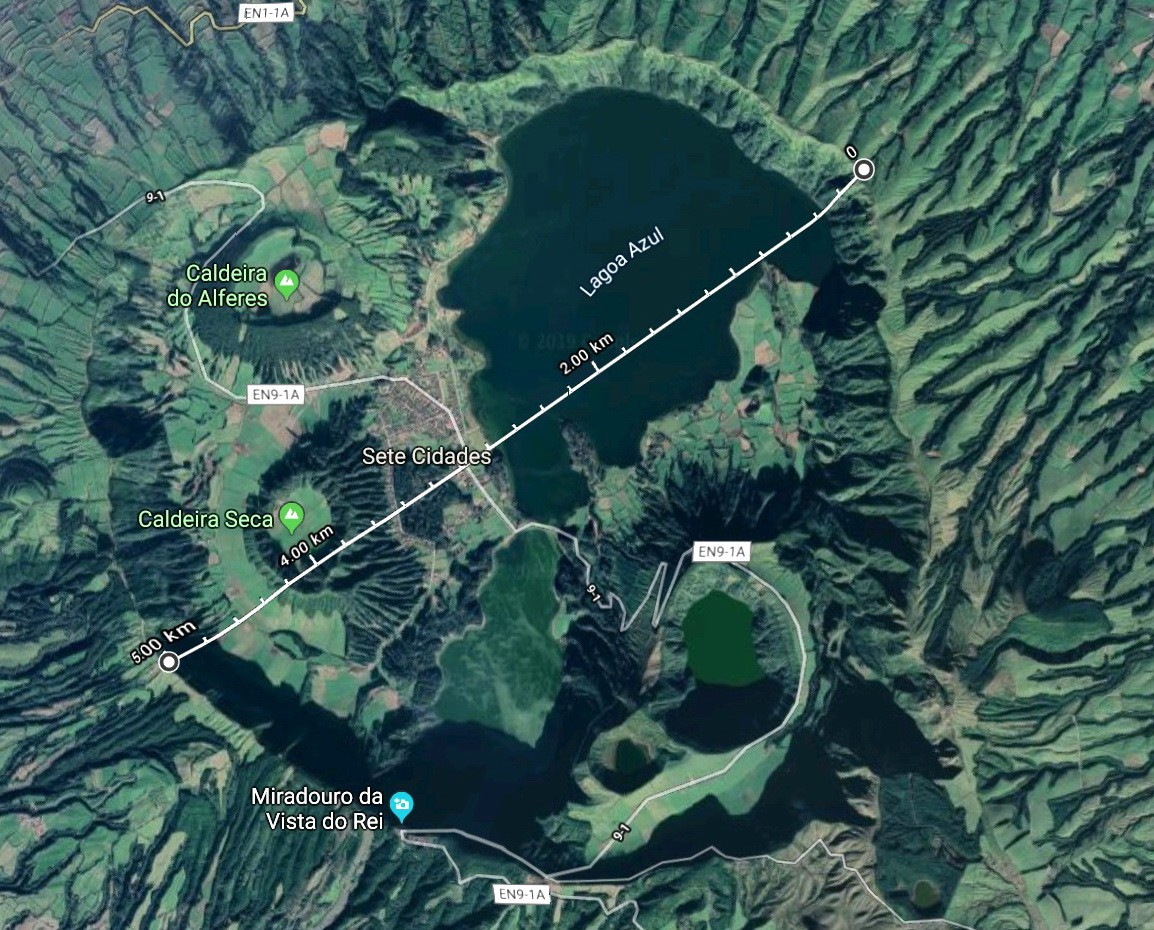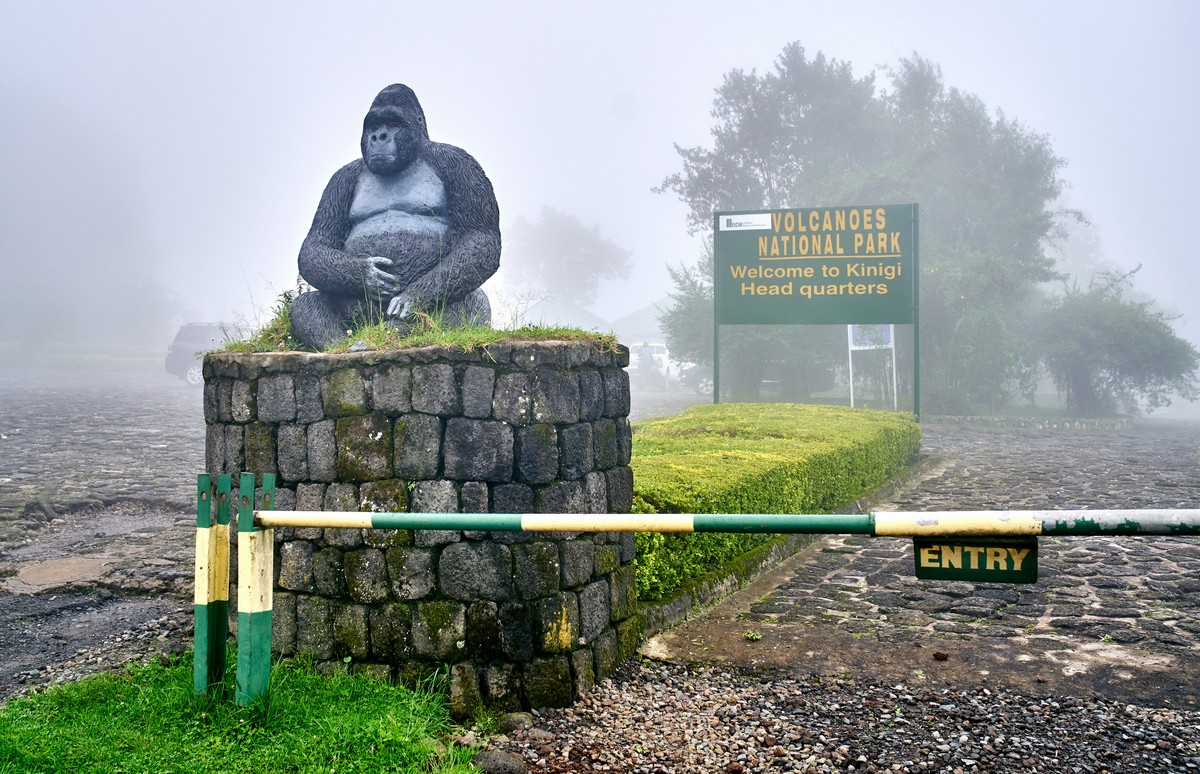July 10, 2019
Aquatic tour of the Azores.
And now for another installment about the Azores.
But this time with a difference: what NOT to do in the Azores.
It’s probably not worth going to watch the whales in June, despite the fact that it’s advertised as a ‘must’ for tourists. We fell for it a little … And we only saw one part of one whale – namely, the dorsal fin of a sei whale. After two hours of chasing, that was it as far as Azorean whales were concerned. If it’s whales you’re after, check out my Antarctic stories.
But there were some revelations! I saw my first Portuguese man o’ war! This is a very poisonous jelly-like thing with a bubble on the surface of the water, which is not that deadly for humans, but leaves nasty burns on the skin (look for pictures of victims yourself – it makes me feel a bit squeamish even describing it).
Note, this is not a jellyfish! It’s a colony of different organisms in a symbiotic relationship that’s designed to cause pain and death to anything in its vicinity. Read the wiki page at the link above, it’s amazing. It’s worth it just for bizarre phrases like gonophores, vestigial siphosomal nectophores and gastrozooids with tentacles!
Anyway, here’s a Portuguese man o’ war for you, swimming next to our boat:

But no whales, killer whales, dolphins, or penguins. Even the flying fish seemed to have flown south. I had to take photos of homo sapiens instead. There were plenty of them ->

































